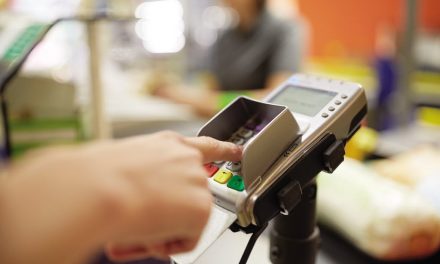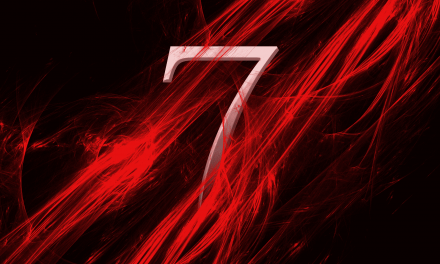The millennial generation (those born after 1980) is larger than the baby boomer generation, and the boomers are going to slow-fade in purchasing activity very, very soon.
This means it’s only a few years until the wallet power of millennials will equal, and then quickly exceed, that of the boomers. And for every retailer in the marketplace, this is a very big deal.
Customer service has, in many ways, become anachronistic, a relic of a boomer-centric approach that made sense for decades but doesn’t any longer. “It’s time to recognize that this is a new world. The basic attitudes about customer service—from how our guests want to be treated to how we train our staff—haven’t changed since most of us first started in business, and they need to,” says Jay Coldren, vice president of Lifestyle Brands for Marriott.
Very few businesses sense the urgency of the needed change, but it’s real. To succeed with this new generation, businesses need to start adapting their customer service and customer experience to the realities of the incoming millennial onslaught.
The Role of Humans in Customer Service Has Changed
The millennial generation has never known a world without a web browser, wifi, or smartphones. This generation of “digital natives” doesn’t know a world where this kind of transactional speed, informational access and instant gratification aren’t the norm.
The result is that the meaning of the human touch in customer service is different for the digital generation. When you grow up in an online-centered world you realize there’s no longer a need for human gatekeepers of accuracy and data—technology has replaced this function almost entirely. If an app or algorithm can deliver the info, so be it. Millennial customers may even consider this to be an improvement—for example, happily conferring in-store with a brand’s smartphone app before, or even instead of, talking about the product offerings with the humans assigned to watch the store.
Scripted Service is Out, Authenticity is In
To the extent that face-to-face (or phone-to-phone, or terminal-to-terminal) human interaction is still central to customer service, the way this human service is delivered needs to become less formal, more varied and, above all, authentic if you want to open the hearts (and wallets) of millennials.
Which isn’t to say you should be winging your service responses. Standards are extremely important in customer-service delivery. Every likely service scenario should be reviewed and rehearsed in advance. But to provide the kind of authentic service that a millennial lights up to, your employees need to know the reason for the rehearsed response, how to deliver it in their own voices, and when and why to deviate from it.
Part of this is the lack of a gee-whiz factor in how millennial customers view technologically assisted human intuition. While a boomer or even gen-X customer may be somewhat impressed when the cashier at the grocery store thanks him by name, this is old hat and even rings false for the younger customers coming into the marketplace (the cashier doesn’t know you, after all; she’s reading your name off the loyalty program-enabled register screen).
The Experience is the Thing
Millennials have grown up in a world of almost unimaginable commercial plenty (enter any product category, from the mundane to the extreme, into the Amazon search bar to glimpse the cornucopia they’ve grown up with). So the distinctions they’re looking for are often in the experience expected with a particular product or service, rather than with any hard difference. This is true in automobile purchases, hotel stays, dining choices, electronics purchases, and almost everything else.
Late is the Same as Never
A perfect product, delivered late, is a defect. Ditto with a perfect service delivered in a less than timely manner. To make it worse, millennial expectations of timeliness, in all sectors, move at the speed of digital. If it takes you 24 hours to answer a customer query, you may as well answer it next year. Fail to keep in stock a regularly requested item in your brick and mortar store? The millennial customer won’t give you a chance to special order it. The millennial will just walk out the door (politely, most likely—these kids grew up on the gentle dinosaur Barney, after all), but out the door nonetheless.
Micah Solomon is a customer-service consultant, speaker and the author of “High-Tech, High-Touch Customer Service.” Click here to purchase the book from Amazon, or visit www.micahsolomon.com for more information.










